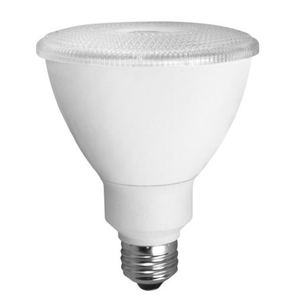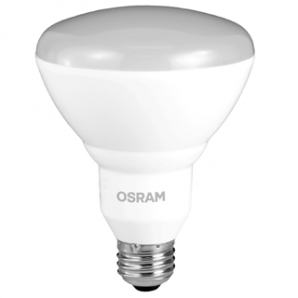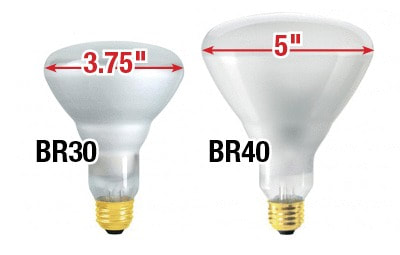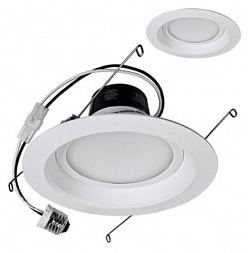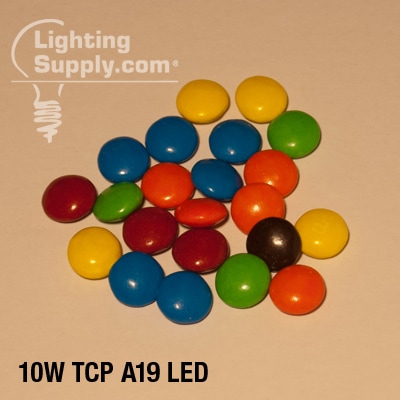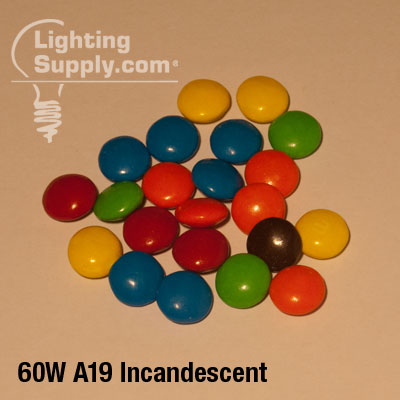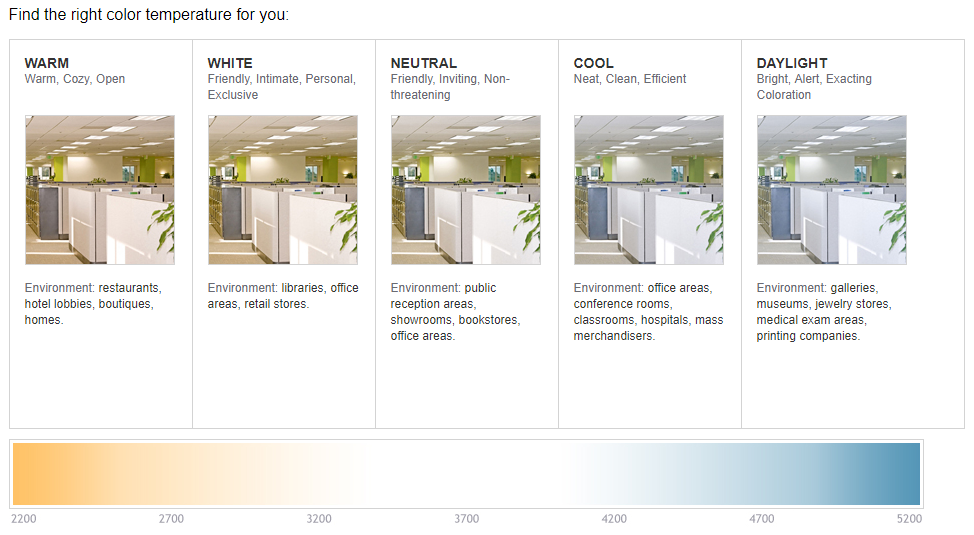|
Need to replace the light bulbs in your recessed lighting cans? Here are some tips for getting the lights that will meet your needs: Tip #1: Choosing Light Bulb ShapeGenerally you’ll want to use PAR or BR shaped reflector bulbs for recessed lighting. Which one is right for you? Use PAR bulbs only if you goal is to highlight a specific area, since these bulbs produce more distinct boundaries to their light. BR bulbs produce more diffuse lighting, and are the best choice for general lighting.
|
This blog's content is copyright © 2014-19 Lighting Supply.

